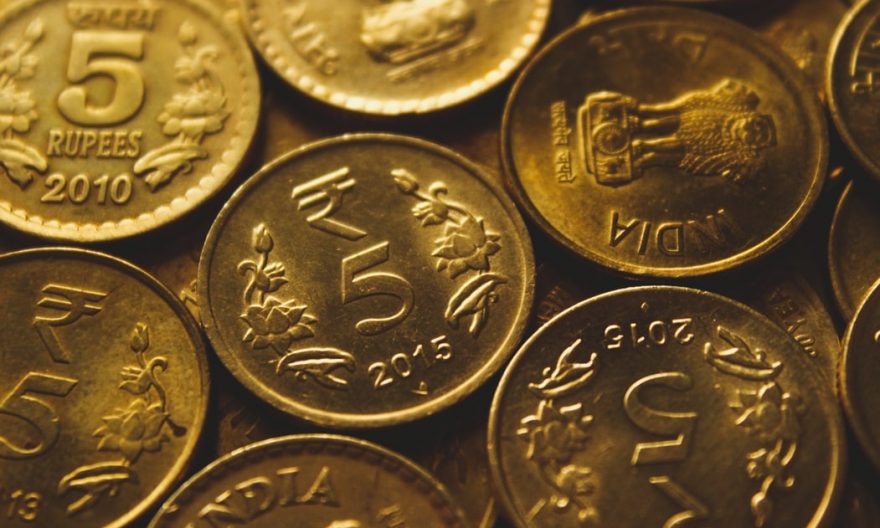
The Reserve Bank of India has kept the key policy rates unchanged, while trimming the GDP growth target to 5% from 6.1%. It was widely expected that the central bank will cut the repo rate by at least 25 basis points to boost economic growth.
The monetary policy committee of the Reserve Bank agreed unanimously to keep the repo rate unchanged at 5.15%, RBI Governor Shaktikanta Das said. The six-member MPC also decided to maintain an accommodative stance till there is a revival in growth, he told mediapersons.
The economy is on a downward spiral due to a lack of consumer demand and low levels of private investment. The GDP growth has hit a six-year low of 4.5% for the second quarter of the fiscal year ended September. The growth rate for the first half of the financial year was 4.8%.
ALSO READ: India story: Right policies for an angry young population
On the supply-side, there has been a 96% dip in manufacturing growth rate a 70% decline in mining expansion. Key sectors such as the automobile industry are facing continued slowdown in demand. The government has taken several steps to address the slowdown, but economists do not see the results before the next financial year.
“The industry was expecting a 1 percentage point cut, not a 0.25 bps one, to complement the recent initiatives by the government,” said Niranjan Hiranandani, Senior Vice President of industry body Assocham. The decision to wait and watch goes against the current sentiments, he said.
The rising retail inflation may have prompted the RBI to hold the rates. Inflation stood at 4.6% in October spurred by high food prices. Market analysts expected a rate cut as they see a margin of 100 basis points before the repo rate becomes negative. Currently, the repo rate is 5.15%, but the real repo rate is close to 1%.
ALSO READ: India growth story: Here’s why recession fears are misplaced
With the RBI refusing to come under the pressure to cut rates further, the focus will now come on the transmission of earlier rate cuts. While the regulator has cut the repo rate by 135 bps in the current cycle, the country’s largest lender, SBI, has cut the lending rates by only 35 bps.
After a series of rate cuts, the RBI may want the government to take the responsibility of boosting the growth rate. The government will find it difficult as it is facing a major revenue shortfall due to below par GST collections and the recent cuts in corporate tax rates. The government may have to ignore the fiscal deficit target of 3.6% set by the Union budget and spend the way out of the current economic crisis.
The government could look at interest subsidies on loans to vulnerable segments such as MSME units and farmers. The financial stress faced by NBFCs make the revival in growth difficult as these shadow lenders are key to reviving consumption demand. The government will also have to make the domestic industry more competitive to survive in an open global trade system. Indian industry is facing tough competition not only from China, but also from countries such as Vietnam and Bangladesh. Labour and land reforms, low input costs and a robust infrastructure are key to the global competitiveness of the industry.
Anil Nair is Founder and Editor, Policy Circle.

